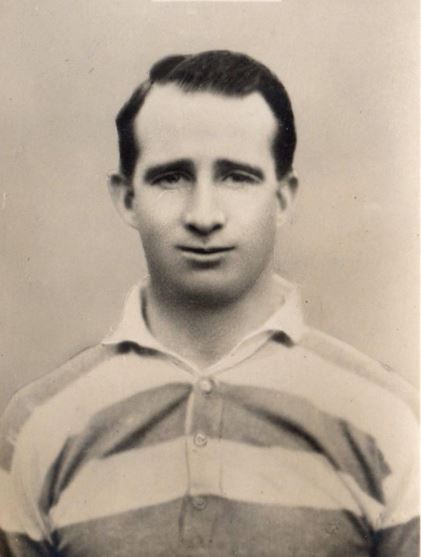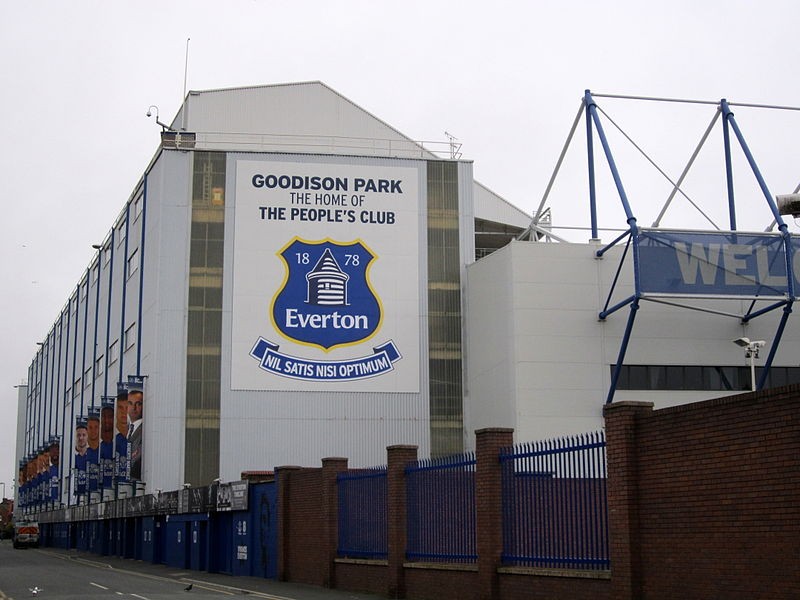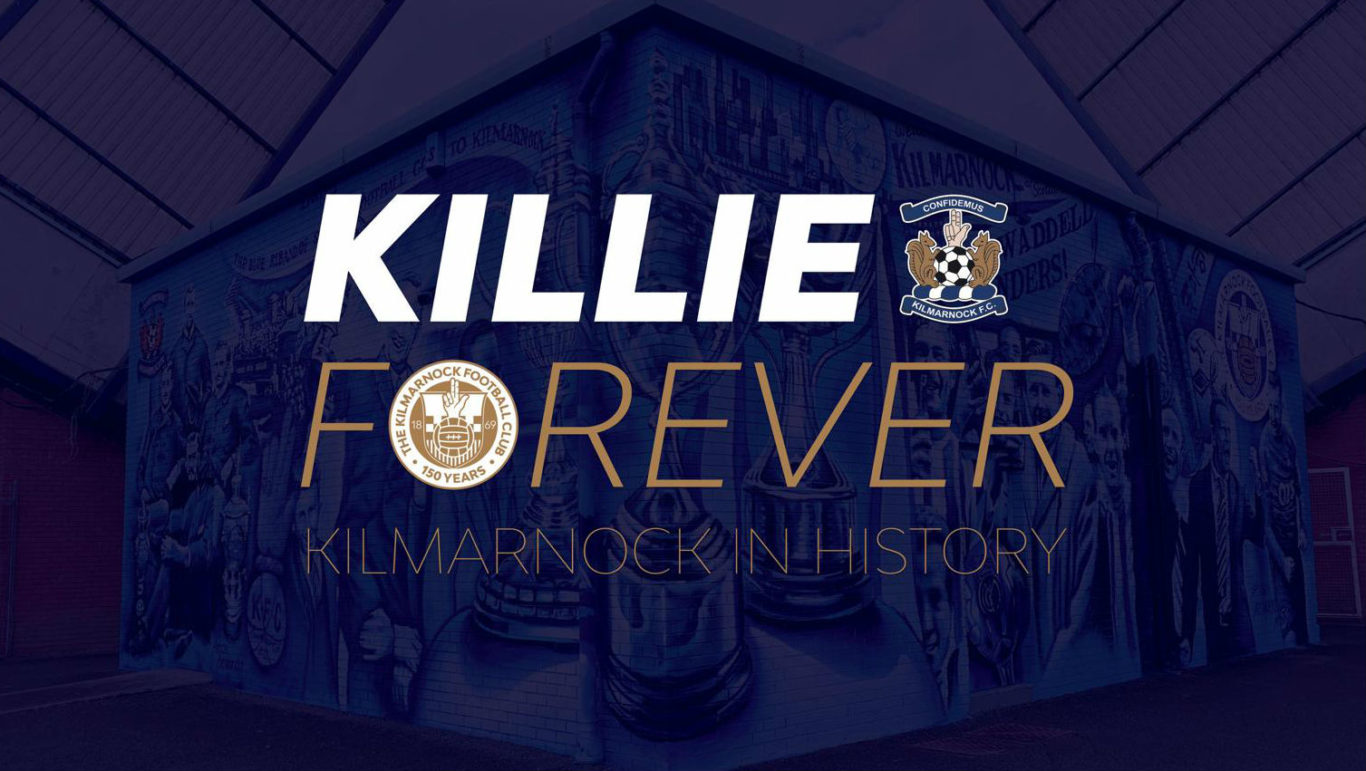Kilmarnock in History: Record Rugby Park crowds
Welcome to the 12th installment of our Kilmarnock In History series, by club historian John Livingston.
You can find the previous eleven parts through the Club History tab in the News section
PART TWELVE
The 1920-21 Division 1 League campaign started rather alarmingly with Kilmarnock conceding a total of 13 goals in their opening two fixtures, both away, against Third Lanark (4-4), and Morton (9-2) – the heavy defeat on Tuesday 21st August 1920 at Greenock being the first ever time a Kilmarnock team had lost as many as nine goals in a Scottish League fixture.
Matters improved as the season progressed, but despite decent home performances that included beating Morton 3-1 just 32 days after that embarrassing defeat; 5-0 wins over both Hamilton Academical and Dundee, and a memorable second half comeback to beat Celtic 3-2, they ended the season in a disappointing 12th place with 42 points from 42 games played.
The defence of the Cup began with a 4-2 win at Arbroath, but ended in the 2nd Round, losing 2-1 at home to Aberdeen. A couple of long-serving and popular players, the top scorer for the previous four seasons Willie Culley and the versatile Mattha’ Shortt, were awarded Benefit games against Ayr United (4-1 win in September 1920) and Clydebank (4-4 draw in January 1921) respectively.
The game with Clydebank saw a couple of well-known guest players in the line-up – the Cup winning captain and keeper Tom Blair, who had gone to Manchester City at the end of the previous season, and trainer John McWhinnie, who turned out at inside right and scored a goal as well!
A couple more of the 1920 Cup-winning team left the club during the season, with right back Tom Hamilton, who had represented the Scottish League in a 3-0 win over the Irish League at Ibrox on 25th January 1921, moving a few weeks later to Preston North End for a then club record fee of £4,600.
He was followed at the end of the season by John Reid Smith, who had just finished as top scorer for the club in the League with 24 goals. The centre forward decided to join Division 2 club Cowdenbeath for a better wage than Kilmarnock could offer him!
The Ayrshire Cup was won as well by the reserve team, albeit by default, after drawing 2-2 away in the Final on 2nd April 1921 against a full-strength Ayr United. Kilmarnock were awarded the Cup because the Somerset Park club failed to commit to playing the replay at Rugby Park on the 23rd April 1921, the date arranged by the Ayrshire F.A.
The 1921-22 season was not an encouraging one for Kilmarnock. Automatic promotion and relegation to Division 1 was being introduced for the first time, and there was to be three clubs going down, so as to bring the number of clubs in Division 1 down to 20 from 22 for the next season.
There were spells when Killie looked in danger of flirting with the drop, mainly due to their poor performances and results on the road. They took only five points altogether from their 21 away games, earning 60% of them from draws with Clydebank (1-1), St. Mirren (1-1) and Queen’s Park (1-1), and the other 40% from a 1-0 win at Aberdeen in their 20th away fixture in early April 1922.
Fortunately, their home form (they only suffered three defeats in 21 games) kept them clear of relegation trouble, and there were some notable successes against Celtic (4-3), Motherwell (4-0) and Hearts (3-0). They eventually finished in 17th place with 35 points from 42 games and Willie Culley (20 goals) was the club’s top scorer for the fifth time in six seasons.
In the Cup, the club embarked on their longest trip to date in the competition, travelling up to Inverness on the 28th January 1922, to meet Highland League club Caledonian, whom they beat convincingly by 5-1. Once again though, their interest ended at home in the 2nd Round, when they lost 4-1 to St. Mirren. Inside forward Mattha’ Smith enjoyed a Benefit game in January 1922 against Ayr United (2-0 win), whilst the reserve team again did well to win the Ayrshire Cup, beating Stevenston United (H 5-2) in the Final on 25th March – whilst the first team were drawing 1-1 in Division 1 at Hampden with Queen’s Park.
There was a little improvement in 1922-23, as the club finished with the same total of 35 points as the previous season, but having played four games less.
A 15th place finish from 38 games played was achieved, but it could have been a bit higher had there not been a major fall-out with top scorer Willie Culley following the exit from the Scottish Cup in a 2nd Round replay against East Fife.
Killie lost 1-0 in the midweek encounter after drawing 1-1 at Rugby Park, a game in which Culley scored the goal. The directors were far from pleased with the midweek display in Methil and accused some players of not trying, one of them being Culley. He was suspended and never played again, being later sold to Clyde.

Willie Culley remains Killie’s record goalscorer
It was a sad end to 12 great years at the club for such a magnificent servant, who had scored 156 goals in 314 League and Cup appearances. This is still the record total of goals scored by a Kilmarnock player in competitive games, with the 148 League goals also still a club record.
During the Division 1 campaign, the team beat Celtic home and away for the first ever time in their history. A couple of days before Christmas 1922 they won 2-1 at Celtic Park and on 3rd February 1923 came from behind to win 4-3 at Rugby Park.
The man who scored the winner at Celtic Park was an Irish winger David Lyner, who had scored on his debut the previous week against Partick Thistle. He had been signed in mid-December from Manchester United, and on the 14th April 1923 became the first Kilmarnock player to win full International honours with a country other than Scotland, winning the last of his six caps for Northern Ireland as they beat Wales 3-0 in Wrexham.
The Kilmarnock reserves had an auspicious season too, lifting the Ayrshire Qualifying Cup in November 1922, beating Beith 3-2 in the Final. They also won the Ayrshire Cup at Rugby Park on Saturday, 24th March 1923, beating Ayr United Reserves 5-0 before a 5,000 crowd in the Final – the same day as the first team were drawing 1-1 at Firhill in a League game with Partick Thistle.
The 1923-24 season passed disappointingly, and Kilmarnock finished in a lowly 16th place with 32 points from 38 games, due in the main to an awful run of just two wins in their last 12 League games after their Scottish Cup exit in the 2nd Round to Ayr United.
They lost 1-0 at Somerset Park to a goal scored by a player called Harry “Peerie” Cunningham (a name to note for the future), but the early Cup exit was all the more disappointing as the same Kilmarnock team had beaten the holders Celtic 2-0 at Rugby Park in the 1st Round a fortnight earlier, on Saturday, 26th January 1924, before a crowd of 17,200, the largest attendance at Rugby Park since the visit of Queen’s Park in the Cup in 1920.
When the 1924-25 season reached its midway point after 19 games, Kilmarnock were in a seemingly hazardous, but somewhat unusual position. They were sitting in 19th place with just 15 points earned from six wins and three draws, yet they were also only a handful of points behind the club in 5th place in the table.
They picked up a bit as the second half of the campaign went on, winning the first ever New Year’s Day Ayrshire derby by 4-1 against Ayr United in front of a crowd of 12,000 at Rugby Park.
They set off on a decent Cup run as well, which took them to the Quarter-Finals, where they were eventually beaten 2-1 at home by Rangers, but the game was watched by a record crowd of 31,502 – the first ever 30,000 plus crowd at Rugby Park.
Their League form, though, was still inconsistent, and the danger of relegation still lingered as they went to play the last couple of fixtures, both of which were at home, and scheduled for Wednesday afternoons. The first, on 15th April against Celtic, was interrupted by a huge snowstorm, but fortunately, the freak weather passed, and Killie went on to win 2-1. A week later they beat St. Johnstone 4-0 to end in 12th place with 33 points from 38 games.

Goodison Park, home of Everton FC.
Just three days later, Kilmarnock visited Goodison Park to meet Everton in a specially arranged friendly game to showcase the new offside rule that was due to start from the 1925-26 season, and they ended up winning 3-2 in front of a 15,000 crowd, with goals from Alex D. Gray 2 and Bobby Rock.




